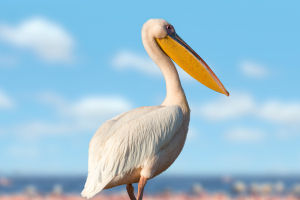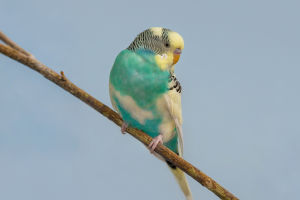Today, let's dive into the amazing world of the Red Shrike, a tiny bird with a huge personality! Scientifically known as Lanius collurio, the Red Shrike belongs to the animal kingdom (Animalia), the phylum Chordata, the class Aves, the order Passeriformes, and the family Laniidae.
It’s a proud member of the Lanius genus, and its official scientific name was first given by Linnaeus back in 1758. Pretty cool, right?
Where Can We Find the Red Shrike?
The Red Shrike has quite the travel bug! We can find it across a wide range of places. It breeds in Britain, western Europe, and parts of central Asia. When the cold months hit, it heads south, spending its winters in the Middle East, Africa, and even reaching parts of Xinjiang in mainland China. Isn’t it amazing how such a small bird can travel so far? This long migration journey shows just how tough and adventurous this species is.
A Closer Look at Its Appearance
The Red Shrike gets its name from the reddish tint on its back, which really stands out against the more muted colors of its body. It also has a signature black mask over its eyes, making it look a bit like a tiny bird superhero! Males are especially vibrant during breeding season, with their rich red backs, grey heads, and black wings, while females and young birds sport softer, more brownish tones. We can easily spot them if we look carefully!
The Red Shrike’s Special Nesting Habits
One of the coolest things about the Red Shrike is how it cares for its nest. Sometimes, we might even spot a Cuculus canorus canorus (a type of cuckoo) egg hidden in a Red Shrike's nest. This happens because cuckoos often lay their eggs in other birds' nests to trick them into raising their chicks. It’s a little drama in the bird world! Despite this, Red Shrikes are known for building strong, cozy nests in bushes and small trees, making sure their own young are well protected.
How the Red Shrike Lives and Thrives
The Red Shrike is a clever hunter. It loves open areas like meadows and farmlands where it can easily spot insects and small animals. Sometimes it even perches on fences or shrubs, keeping an eye out for its next meal. It's famous for sometimes storing food by impaling prey on thorns or sharp branches—a behavior that earned shrikes the nickname “butcher birds.” Nature truly has its surprises!
Why We Should Care About the Red Shrike
Right now, the Red Shrike is listed as "Least Concern" under the IUCN Red List (IUCN 3.1), meaning it's not considered endangered. But that doesn't mean we should stop paying attention. Changes in the environment and habitat loss could still affect this resilient traveler in the future. By protecting open fields and wild spaces, we help not just the Red Shrike but countless other wonderful species too.
Let’s Keep Exploring Together!
Lykkers, isn't it fascinating how one tiny bird can have such a big story? From flying across continents to raising families in hidden nests, the Red Shrike teaches us how resilient and full of surprises nature can be. If you ever get the chance to spot one, take a moment to admire its beauty and bravery.
Let’s keep discovering the amazing creatures around us — there’s always more to learn and wonder about! Where should we explore next together?
Red-backed shrike. Birds in breeding season. Bird nest with five chicks.
Video by Wildlife World


